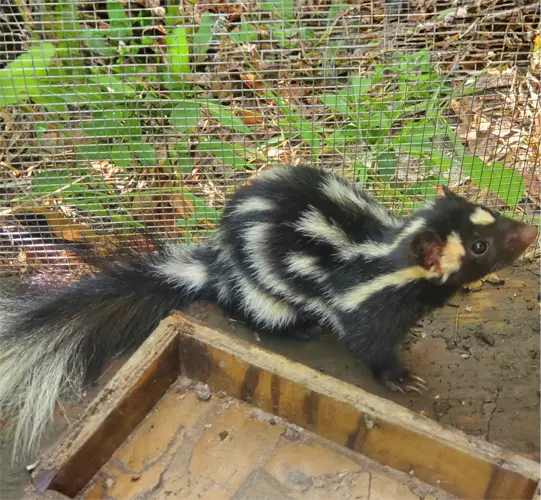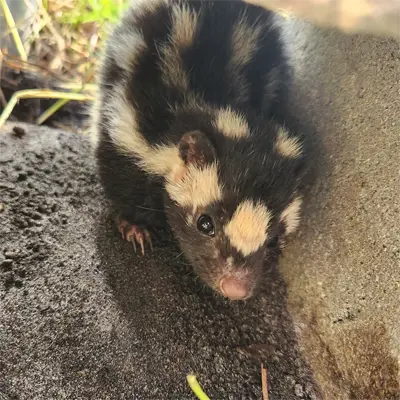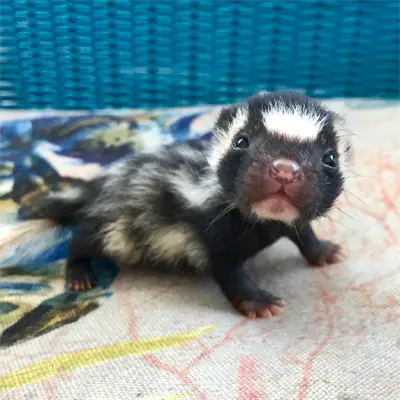Eastern Spotted Skunk
- Scientific Name
- Spilogale putorius
- Also Known As
- Spotted Skunk
- Range
- All of Florida Except Jacksonville Area
- Diet
- Insects, Small Mammals, Eggs, Fruit, Trash
- Life Expectancy
- 1 - 3 Years
Quick Links
Eastern Spotted Skunks in Central Florida
The eastern spotted skunk (Spilogale putorius) is a small, omnivorous member of the skunk family Mephitidae. While similar in appearance to the more common striped skunk (Mephitis mephitis), the eastern spotted skunk can be identified by its smaller size, different color pattern, and more prehensile forelimbs adapted for climbing and digging.
This article provides a detailed overview of eastern spotted skunk biology, behavior, habitat preferences, potential health hazards, and prevention strategies for central Florida residents who may encounter them.
Appearance and Identification
The Eastern Spotted Skunk can be identified by the following key physical characteristics at different life stages
Adults are smaller than striped skunks and have more spots than stripes. The eastern spotted skunk’s climbing ability also helps distinguish it.
Maturation Rate
Eastern spotted skunk kits develop rapidly. They begin accompanying the mother on foraging trips at around 2 months old and are nearly full grown by 3 to 4 months of age. They reach reproductive maturity after their first winter, breeding by late February. Rapid maturation helps offset the spotted skunk’s high mortality rates.
Habits and Behavior
Eastern spotted skunks are polygynandrous, with males mating with multiple females. Though fairly solitary, their home ranges overlap with other skunks. They are nocturnal and sleep communally during the day in dens.
Eastern spotted skunks are more arboreal than striped skunks. They readily climb trees and logs but also forage on the ground. When threatened, they arch their back, hiss, stomp their feet, and raise their tail before spraying a pungent musk up to 10 feet towards the threat.
Reproduction and Lifespan
Breeding season occurs from late February through April in Florida. Females build nests in hollow logs, rock crevices, and burrows for birthing. Litters contain 2-5 kits born after a gestation of 45 to 70 days. Kits open their eyes by 3 to 4 weeks and are weaned around 2 months old.
Eastern spotted skunks are short-lived in the wild, with average lifespans of 1 to 3 years. Mortality is high among juveniles but adults have few predators aside from great horned owls due to their potent spray.
Ideal Habitat and Range
The warm, humid climate of central Florida provides favorable habitat for eastern spotted skunks year-round. Average temperatures range from the 60s°F in north Florida to the 70s°F in south Florida. Rainfall totals 50 to 65 inches annually.
Eastern spotted skunks inhabit forested areas like pine flatwoods and hardwood hammocks but readily adapt to disturbed environments. They den in hollow logs, stumps, brush piles, and burrows made by other animals. Downed logs provide pathways. Spotted skunks also live in barns, crawlspaces, and under sheds.
Access to wooded areas near residential neighborhoods provides food from gardens, compost bins, and wild prey. Central Florida’s mild winters and ample foraging habitat allow dense spotted skunk populations to become established.
Diet and Feeding
Eastern spotted skunks are omnivorous, opportunistic feeders. Using their keen sense of smell and digging claws, they forage for a variety of prey at night:
- Insects – beetles, crickets, caterpillars
- Other invertebrates – spiders, millipedes, snails
- Small mammals – mice, voles, rabbits
- Reptiles and amphibians – lizards, snakes, frogs
- Bird and turtle eggs
- Carrion from roadkill and other carcasses
- Fruits, mushrooms, tender shoots
- Human garbage
Spotted skunks hunt mostly on the ground but also climb to find bird eggs and raid nests. They consume up to 25% of food in their body weight daily.
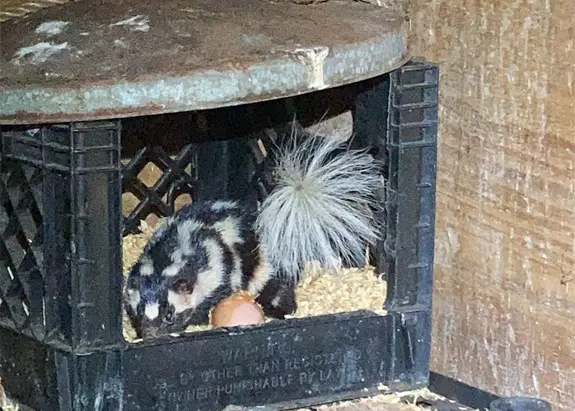
Photo 114997076 © swamplantern, CC BY-NC

Common Health Risks
While not major carriers of zoonotic diseases, eastern spotted skunks can potentially transmit:
- Rabies – through infected saliva from bites.
- Leptospirosis – from urine contact with skin or mucous membranes.
- Salmonellosis – from bacteria shed in feces.
- Spotted skunks host ticks, fleas, lice, and mites that can bite humans. People sensitive to skunk musk may have asthma-like reactions.
However, the biggest risks come from potentially aggressive behavior when eastern spotted skunks inhabit urban areas. Though they rarely spray humans unless severely threatened, spotted skunks may nip or bite if cornered.
Preventing Eastern Spotted Skunks
To deter eastern spotted skunks from residing and foraging in yards:
- Seal any foundation cracks or gaps into crawlspaces and sheds. Use wire mesh to close openings under porches and decks.
- Remove brush and rock piles that provide shelter near buildings.
- Clean up fallen fruit and remove bird feeders at night. Secure compost bins.
- Keep pet food inside buildings rather than outdoors.
- Install motion-activated lighting and critter-proof garbage cans with tight lids.
- Sprinkle repellents like dried blood meal or predator urine near unwanted skunk activity.
- Use live cage traps baited with canned cat food to humanely catch and relocate nuisance skunks. Contact wildlife officials for guidance.
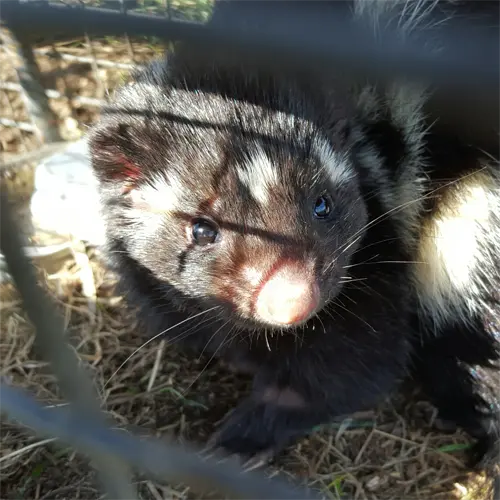
Photo 20787334 © Evan Ward, CC BY-NC
Population Control Methods
If exclusion alone is insufficient to prevent Florida water rat damage, lethal control using traps or rodenticides may be considered. Traps such as snap traps, cage traps, or body-grip traps can humanely capture rats for relocation or euthanasia. Glue boards are another trapping option.
Poison baits are also effective but must be used cautiously around waterways. Zinc phosphide baits are commonly used though anticoagulant baits are safer for wildlife. Control is most effective when animals are active in spring through fall – winter trapping is less productive.
Always follow label directions carefully when utilizing any rodenticides.
Eastern Spotted Skunks in Central Florida – Conclusion
The eastern spotted skunk is well-adapted to Florida’s warm climate and readily inhabits residential areas. Their nocturnal foraging and potential to den in urban structures brings them into contact with humans. Sealing up access points, removing shelter, and taking away food attractants can deter spotted skunks from becoming nuisance pests around homes.
Proactive prevention and proofing measures help avoid risks from skunks while allowing them to fill an important ecological niche. With coexistence in mind, central Florida residents can feel at ease with their spotted neighbors.

